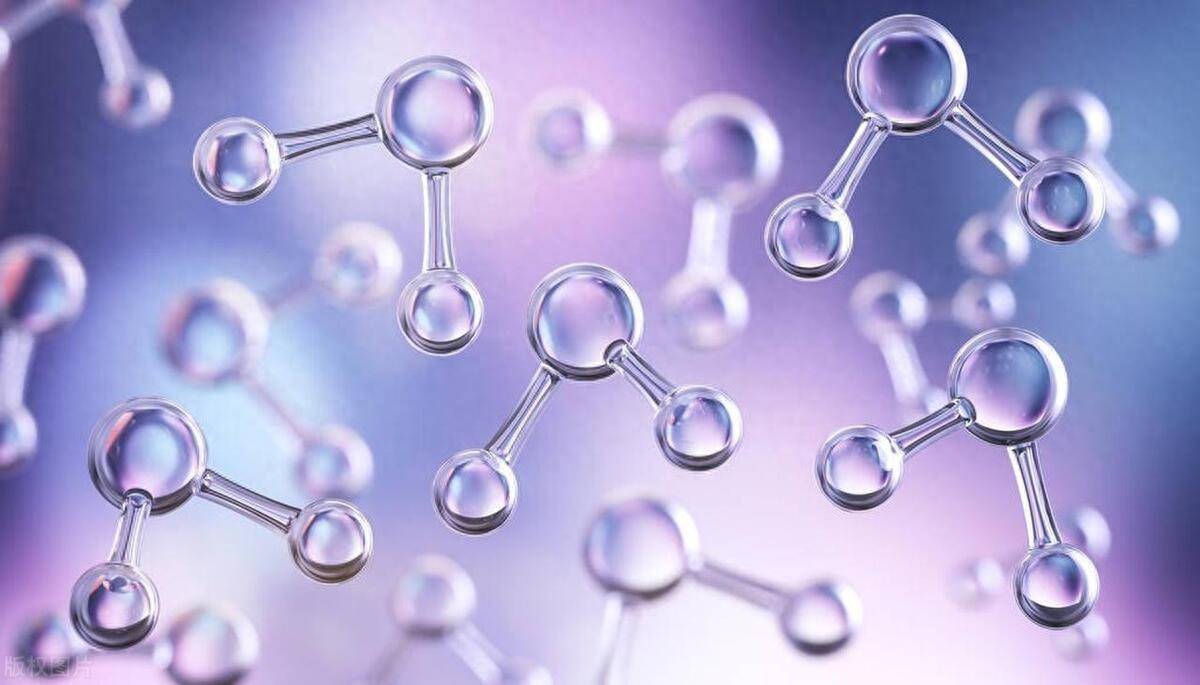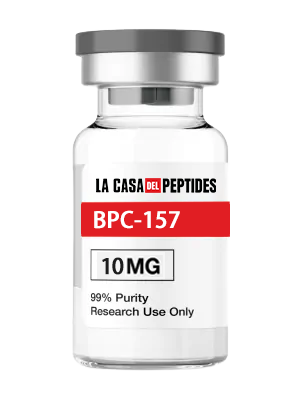Peptides have gained immense attention in recent years due to their potential in health, skincare, and fitness. These small but mighty molecules are often touted for their ability to promote muscle growth, improve skin health, and even address specific medical conditions. However, what exactly are peptides, and how do they work in the body? This article explores the science behind peptides, their roles in the body, their best uses, and natural sources, providing a comprehensive overview of this fascinating topic.
What Do Peptides Do in the Body?
Peptides are short chains of amino acids that serve as the building blocks of proteins. While proteins typically consist of hundreds or thousands of amino acids, peptides are smaller, containing only 2 to 100 amino acids. Their compact structure allows them to interact with specific receptors in the body, triggering precise biological responses.
In the human body, peptides perform a myriad of roles, including:
1.Hormonal Regulation: Some peptides, like insulin, are critical hormones that regulate essential processes. Insulin, a 51-amino-acid peptide, helps control blood sugar levels by facilitating glucose uptake into cells【1】.
2.Cell Communication: Peptides act as signaling molecules, transmitting information between cells. For instance, neuropeptides like endorphins play a role in mood regulation and pain perception【2】.
3.Tissue Repair and Growth: Growth factors, a class of peptides, stimulate cell proliferation and repair. This function is especially valuable in healing injuries or regenerating skin and muscle tissue【3】.
4.Immune Function: Antimicrobial peptides (AMPs) defend the body against harmful bacteria, viruses, and fungi. These naturally occurring peptides help maintain a healthy immune system and protect the skin barrier【4】.

What Are Peptides Best For?
Peptides have diverse applications, ranging from medical therapies to consumer products. Here are some of their most popular and scientifically backed uses:
1.Skincare
Peptides are celebrated in the cosmetic industry for their ability to promote collagen production and reduce signs of aging. Collagen peptides, also called hydrolyzed collagen, can improve skin elasticity, reduce wrinkles, and enhance moisture retention. Copper peptides, another skincare favorite, have been shown to promote wound healing, reduce pigmentation, and stimulate hair growth【5】【6】.
2.Muscle Growth and Recovery
Athletes and fitness enthusiasts use peptides like growth hormone-releasing peptides (GHRPs) to boost muscle growth and recovery. These peptides stimulate the production of human growth hormone (HGH), which helps repair muscle tissues after intense workouts【7】.
3.Weight Management
Certain peptides, like GLP-1 (glucagon-like peptide-1), are used in weight management therapies. GLP-1 mimetics, such as semaglutide, help regulate appetite and blood sugar levels, making them effective in treating obesity and type 2 diabetes【8】.
4.Medical Therapies
Peptides are used in treating chronic conditions such as osteoporosis, cancer, and hormonal imbalances. For example, teriparatide, a synthetic peptide, is FDA-approved for managing osteoporosis by increasing bone density【9】.
5.Anti-Inflammatory Effects
Peptides like thymosin beta-4 show promise in reducing inflammation and accelerating wound healing. These properties make peptides valuable in treating autoimmune diseases and promoting tissue regeneration【10】.
What Is an Example of a Peptide?
One well-known peptide is insulin, a hormone critical for glucose metabolism. Discovered in the early 20th century, insulin revolutionized the treatment of type 1 diabetes and remains a cornerstone of diabetes management today【11】.
Another example is collagen peptides, derived from collagen proteins. When consumed as supplements, collagen peptides are broken down into smaller amino acid chains that the body can use to repair skin, joints, and connective tissues【12】.
In skincare, copper peptides like GHK-Cu are extensively studied for their ability to stimulate collagen and elastin production, enhance skin healing, and provide antioxidant protection【13】.
Other notable examples include:
- BPC-157: Known for its healing properties, particularly in muscle and tendon repair.
- GLP-1: Used in diabetes medications to regulate insulin secretion and appetite.
What Are Some Natural Peptides?
Nature is abundant with peptides that are integral to various physiological functions. Some examples include:
1.Animal-Based Peptides
Milk Proteins: Casein and whey in milk contain bioactive peptides that support muscle repair and have antimicrobial properties【14】.
Fish Collagen: Marine sources like fish skin provide collagen peptides known for their skin and joint benefits【15】.
2.Plant-Based Peptides
- Soy Peptides: Derived from soybeans, these peptides have antioxidant and cholesterol-lowering properties【16】.
- Wheat Peptides: Found in whole wheat, these peptides may aid in reducing blood pressure【17】.
3.In-Body Peptides
Beta-Endorphins: These neuropeptides act as natural painkillers, reducing discomfort and enhancing mood.
Defensins: Antimicrobial peptides in the skin and immune system that protect against infections【18】.
Peptides in Daily Life
Understanding peptides’ roles in health and wellness helps demystify their growing popularity in consumer products. Whether you’re considering collagen supplements for skin health or exploring medical peptide therapies, it’s crucial to make informed decisions. Always consult healthcare professionals before using peptide supplements or undergoing peptide therapy, as misuse can lead to unwanted side effects.
Conclusion
Peptides are powerful molecules that play diverse roles in the human body. From regulating hormones and enhancing skin health to promoting muscle growth and managing chronic conditions, peptides offer a versatile toolkit for improving overall health and well-being. By understanding their functions, best uses, and natural sources, consumers can better navigate the world of peptides and unlock their potential benefits.
References
- Diabetes Care Journal, “The Role of Insulin in Glucose Metabolism.”
- Nature Reviews Neuroscience, “Functions of Neuropeptides in Pain and Mood Regulation.”
- Journal of Cellular Biology, “Growth Factors in Tissue Repair.”
- Clinical Microbiology Reviews, “The Role of Antimicrobial Peptides in Skin Defense.”
- Dermatologic Therapy, “Benefits of Copper Peptides in Anti-Aging Skincare.”
- Journal of Cosmetic Dermatology, “Collagen Peptides and Skin Elasticity.”
- Endocrinology Journal, “Human Growth Hormone and Muscle Recovery.”
- The Lancet Diabetes & Endocrinology, “GLP-1 Therapies in Obesity Management.”
- FDA Database, “Teriparatide for Osteoporosis Treatment.”
- Immunology Reviews, “Thymosin Beta-4 and Its Anti-Inflammatory Properties.”
- American Diabetes Association, “History and Use of Insulin in Diabetes.”
- Nutrients Journal, “Collagen Peptides in Skin and Joint Health.”
- Journal of Investigative Dermatology, “GHK-Cu Peptides in Wound Healing.”
- Journal of Dairy Science, “Bioactive Peptides in Milk Proteins.”
- Marine Drugs Journal, “Collagen Peptides from Fish for Skin Benefits.”
- Plant Foods for Human Nutrition, “Soy Peptides in Cardiovascular Health.”
- Peptides Journal, “Wheat-Derived Peptides and Blood Pressure.”
- Journal of Clinical Investigation, “Defensins in Immune Defense.”




